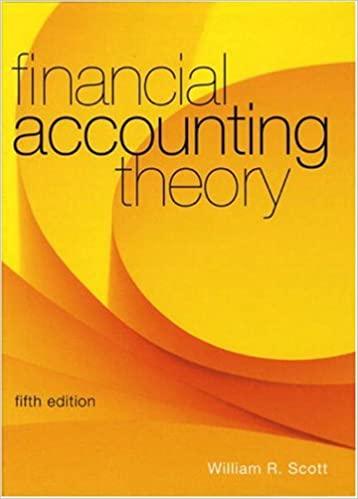On March 11, 2000, The Globe and Mail reported Ballard losses double. The reference was to Ballard
Question:
On March 11, 2000, The Globe and Mail reported “Ballard losses double.” The reference was to Ballard Power Systems Inc., a Canadian developer of fuel cell technology. On March 10, 2000, Ballard reported an operating loss of $26 million for the fourth quarter of 1999, bringing its loss for the year to $75.2 million on revenues of $33.2 million. Its loss for 1998 was $36.2 million on revenues of $25.1 million. The reason for the increased loss in 1999, according to Ballard, was a huge increase in R&D spending for its fuel cell technology.
On March 10, 2000, Ballard’s share price closed at $189 on the Toronto Stock Exchange, up $14 on the day for an increase of 8%.
Required
a. Does the increase in Ballard’s share price on March 10, 2000, on the same day that it reported an increased loss, imply a high or low R? and ERC for the relationship between the return on Ballard’s shares and abnormal earnings? Explain, using the arguments of Lev and Zarowin (1999). Assume that the risk-free interest rate and the change in the TSE 300 index on March 10, 2000, were both zero, so that all of the return on Ballard’s shares on that day was abnormal.
b. How do Lev and Zarowin propose to improve the accounting for R&D but yet retain reasonable reliability? Explain how this proposal could affect R? and the ERC. Do you see any problems resulting from reliably accounting for the results of R&D? Explain.
c. Does Ballard’s share price behavior on March 10, 2000, suggest securities market efficiency or inefficiency? Explain.
Step by Step Answer:






